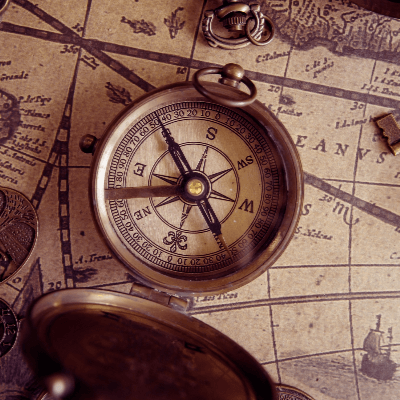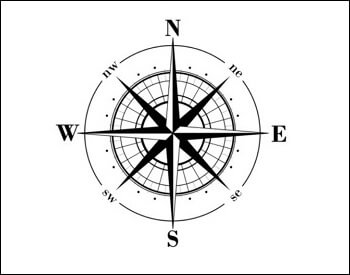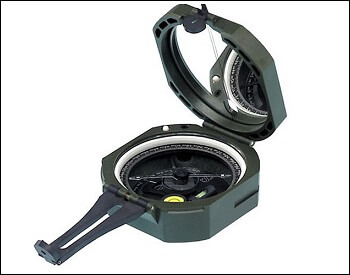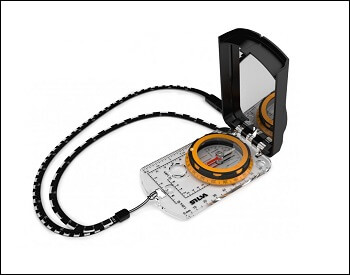
This web page contains compass facts for kids and is an excellent resource for anyone of any age looking to learn about this navigational tool. Our goal is to provide you with accurate, up to date facts about compasses. In addition to facts about compasses, we provide additional resources to help you continue your research on compasses.
The compass facts below will help you learn about who invented the compass, what the cardinal directions are, how a compass works, what a compass rose diagram is and other compass related facts. We hope these compass facts are interesting and help you learn more about this revolutionary navigational tool.
If any of the below compass facts are inaccurate, please contact us and let us know.
27 Compass Facts for Kids
- A compass is a device used for navigation.
- The compass is one of the Four Great Inventions from Ancient China.
- The compass was first used in China by the Han Dynasty between 20 BC and 20 AD.
- A compass shows you the relative direction of one of the four cardinal directions.
- A magnetic compass uses the Earth’s magnetic field.
- A gyrocompass uses the Earth’s rotation.
- Compasses have a diagram on them known as a compass rose.
- A compass rose diagram can contains the four cardinal directions and may also include the four intercardinal directions and even the eight secondary intercardinal directions.
- The four cardinal directions are north, south, east and west.
- On a compass, “N” stands for the cardinal direction north.
- On a compass, “S” stands for the cardinal direction south.
- On a compass, “E” stands for the cardinal direction east.
- On a compass, “W” stands for the cardinal direction west.
- The four intercardinal directions are northeast, northwest, southwest and southeast.
- On a compass, “NW” stands for the intercardinal direction northwest.
- On a compass, “NE” stands for the intercardinal direction northeast.
- On a compass, “SW” stands for the intercardinal direction southwest.
- On a compass, “SE” stands for the intercardinal direction southeast.
- The eight secondary intercardinal directions are north-northwest, north-northeast, south-southwest, south-southeast, east-northeast, east-southwest, west-southwest and west-northwest.
- On a compass, “NNW” stands for the secondary intercardinal direction north-northwest.
- On a compass, “NNE” stands for the secondary intercardinal direction north-northeast.
- On a compass, “SSW” stands for the secondary intercardinal direction south-southwest.
- On a compass, “SSE” stands for the secondary intercardinal direction south-southeast.
- On a compass, “ENE” stands for the secondary intercardinal direction east-northeast.
- On a compass, “ESE” stands for the secondary intercardinal direction east-southwest.
- On a compass, “WSW” stands for the secondary intercardinal direction west-southwest.
- On a compass, “WNW” stands for the secondary intercardinal direction west-northwest.
Compass Pictures



Additional Resources About the Compass
- The Compass – Learn about the compass, a navigational tool, on the National Geographic website.
- Compass – Britannica – Find more compass facts and information on the Britannica website.
- History of the Compass – Discover the amazing history behind the compass on the Wikipedia website.
